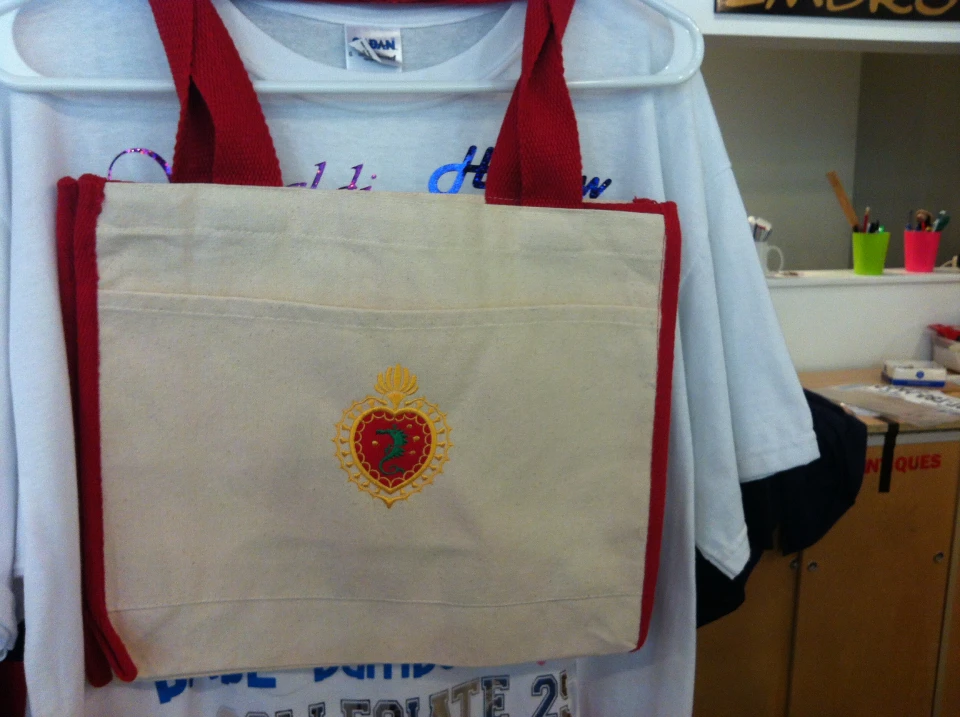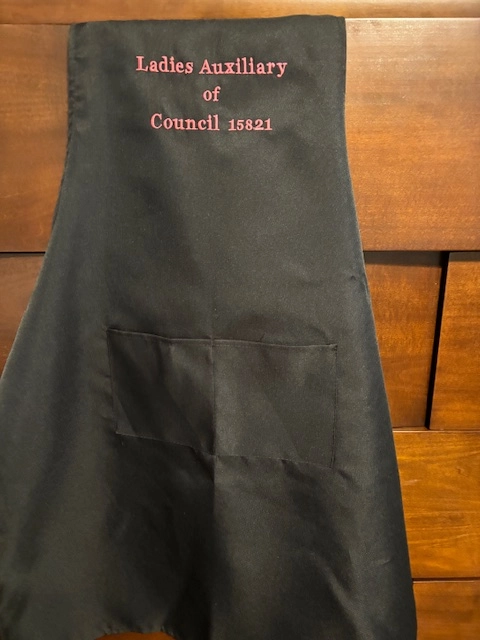Heat Transfer on T-Shirts and Aprons - Personalized Styles and Logo Designs
The Art of Personalized Needlework: Unlocking the Secrets to Creating Distinct and Unforgettable Styles
The tricks to producing custom-made needlework designs that astound the eye and leave a long lasting impact lie in a delicate balance of technique, creativity, and interest to detail. As we dive into the world of custom embroidery, we reveal the nuanced interaction in between thread choice, stitch complexity, and layout personalization that elevates a plain garment to a job of art.
Picking the Right Embroidery Threads
When selecting embroidery threads, what crucial factors should you consider to guarantee the finest results for your custom-made styles? The option of needlework thread is crucial in establishing the final result of your stitched style.
Thicker threads can add dimension and appearance to your style, while finer threads are excellent for detailed details and tiny text. In addition, thinking about the color fastness and washability of the thread is vital to ensure that your personalized styles maintain their high quality and vibrancy over time.
Checking Out Different Stitch Techniques
To explore the world of 'Exploring Various Stitch Methods', one have to realize the complexities and nuances that each stitching method brings to the art of needlework. Different stitch techniques not just include visual passion but also add to the general texture and dimension of the style. One preferred stitch strategy is the satin stitch, which includes very closely packed parallel stitches to develop a smooth and glossy surface area, perfect for filling out forms and creating vibrant lays out.
On the other hand, the backstitch is a flexible strategy typically made use of for outlining and adding fine information. It entails stitching in reverse to develop a strong line of needlework. Additionally, the French knot stitch adds a tactile element to designs, best for developing distinctive accents like blossom centers or attractive touches.
Discovering different stitch techniques allows embroiderers to play with light, darkness, and deepness within their layouts, elevating the visual allure and creative quality of their embroidery jobs. By grasping numerous stitching techniques, one can unlock unlimited opportunities for creating special and memorable personalized needlework items.
Incorporating Personalized Layout Aspects
Having actually discovered the details of various stitch strategies such as the satin stitch, backstitch, and French knot, the focus currently moves towards incorporating individualized style aspects in customized needlework jobs. Customized style elements play an important duty in making embroidery projects really unique and memorable. One method to go to the website include customization is by adding initials, names, or significant days to the design. This not only adds a tailored touch but also improves the emotional worth of the needlework piece.
Another means to incorporate tailored layout components is by including signs or concepts that hold special definition to the recipient or show their passions and personality. Including a preferred blossom, pet, or hobby-related symbol can make the embroidery design a lot more purposeful and tailored. Furthermore, selecting shades that resonate with the recipient or straighten with the designated motif can even more improve the customization of the embroidery task.
Grasping the Art of Shade Coordination

One trick aspect of shade sychronisation is recognizing color theory. This consists of knowing exactly how various colors interact with each various other, the emotions they communicate, and just how they can be combined to produce visually appealing styles. By applying shade concept principles, embroiderers can produce unified color schemes that enhance the general appearance of the layout.
Additionally, focusing on comparison is essential neapolitan cut suit in color control. Making use of contrasting colors can assist specific elements of the design pop, enhance readability, and develop a visually dynamic needlework piece. By grasping the art of color sychronisation, embroiderers can boost their layouts and create remarkable pieces that resonate with customers and viewers alike.
Enhancing Texture With Advanced Embroidery Stitches

Bullion knots, on the other hand, can be used to develop twisted, ropelike components that include an extravagant feel to the needlework. Trying out with these sophisticated embroidery stitches allows you to press the borders of traditional embroidery and create really distinct and visually enticing appearances in your styles.
Verdict
In verdict, the art of custom-made embroidery entails a mix of choosing the best threads, exploring numerous stitch methods, incorporating personalized layout components, mastering shade coordination, and boosting structure with advanced stitches. check my blog By recognizing and carrying out these crucial elements, embroiderers can produce distinct and memorable styles that showcase their imagination and ability. Embroidery fanatics can unlock the keys to producing stunning and custom pieces that stick out and leave a long lasting impact.